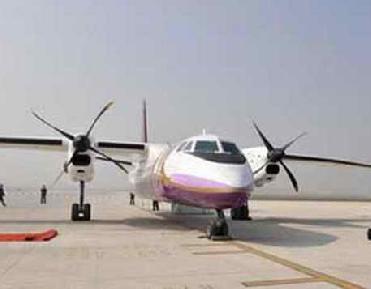Moon Mineralogy Mapper will assess mineral resources
WASHINGTON (BNS): Two NASA instruments that will map the lunar surface will be launched on India's maiden unmanned moon mission, Chandrayaan-1 on Wednesday.
Chandrayaan-1 will be launched from Satish Dhawan Space Centre at Sriharikota on Wednesday at 6.20 am.
Moon Mineralogy Mapper will assess mineral resources, and the Miniature Synthetic Aperture Radar, or Mini-SAR, will map the Polar Regions and look for ice deposits.
NASA Administrator Michael Griffin said that the opportunity to fly NASA instruments on Chandrayaan-1 undoubtedly will lead to important scientific discoveries. �This exciting collaboration represents an important next step in what we hope to be a long and mutually beneficial relationship with India in future civil space exploration,� Griffin said.
Moon Mineralogy Mapper (MAM) is a state-of-the-art imaging spectrometer that will provide the first map of the entire lunar surface. The MAM will be provided at high spatial and spectral resolution, revealing the minerals that make up the Moon's surface.
�Scientists will use this information to answer questions about the Moon's origin and geological development, as well as the evolution of terrestrial planets in the early Solar System. The map also may be used by astronauts to locate resources, possibly including water that can support exploration of the Moon and beyond,� NASA said.
The Mini-SAR is small imaging radar that will map the permanently shadowed lunar Polar Regions, including large areas never visible from Earth. The Mini-SAR data will be used to determine the location and distribution of water ice deposits on the Moon. Data from the instrument will help scientists learn about the history and nature of objects hitting the Moon, and the processes that throw material from the outer Solar System into the inner planets.
The spacecraft also will carry four instruments and a small lunar impactor provided by ISRO, and four instruments from Europe. ISRO will launch the vehicle into a lunar polar orbit for a two-year mission.
In addition to the two science instruments, NASA will provide space communications support to Chandrayaan-1. The primary location for the NASA ground tracking station will be at the Johns Hopkins University Applied Physics Laboratory in Laurel, Maryland.
 Next Article
Next Article












The Indian Air Force, in its flight trials evaluation report submitted before the Defence Ministry l..
view articleAn insight into the Medium Multi-Role Combat Aircraft competition...
view articleSky enthusiasts can now spot the International Space Station (ISS) commanded by Indian-American astr..
view article